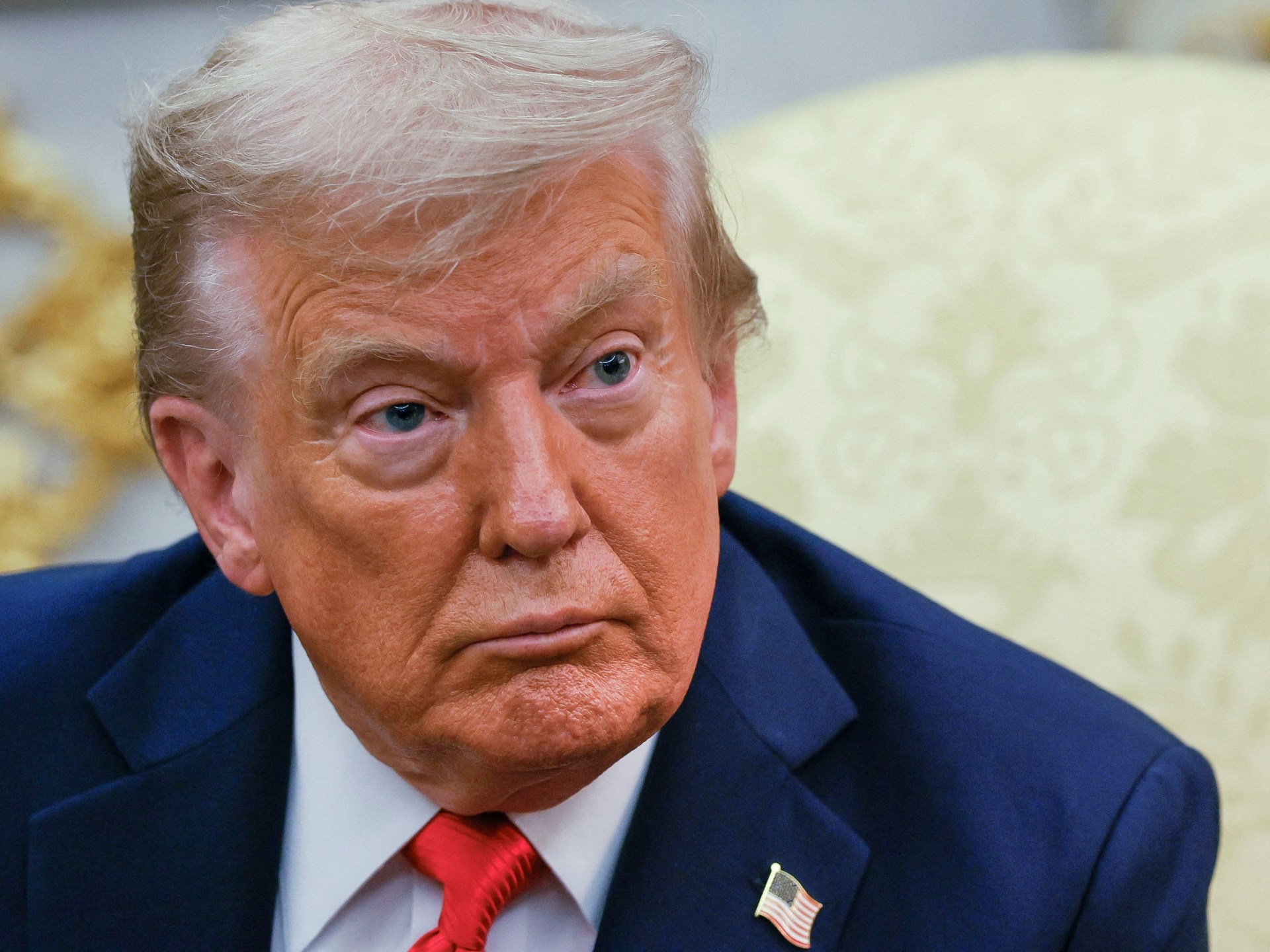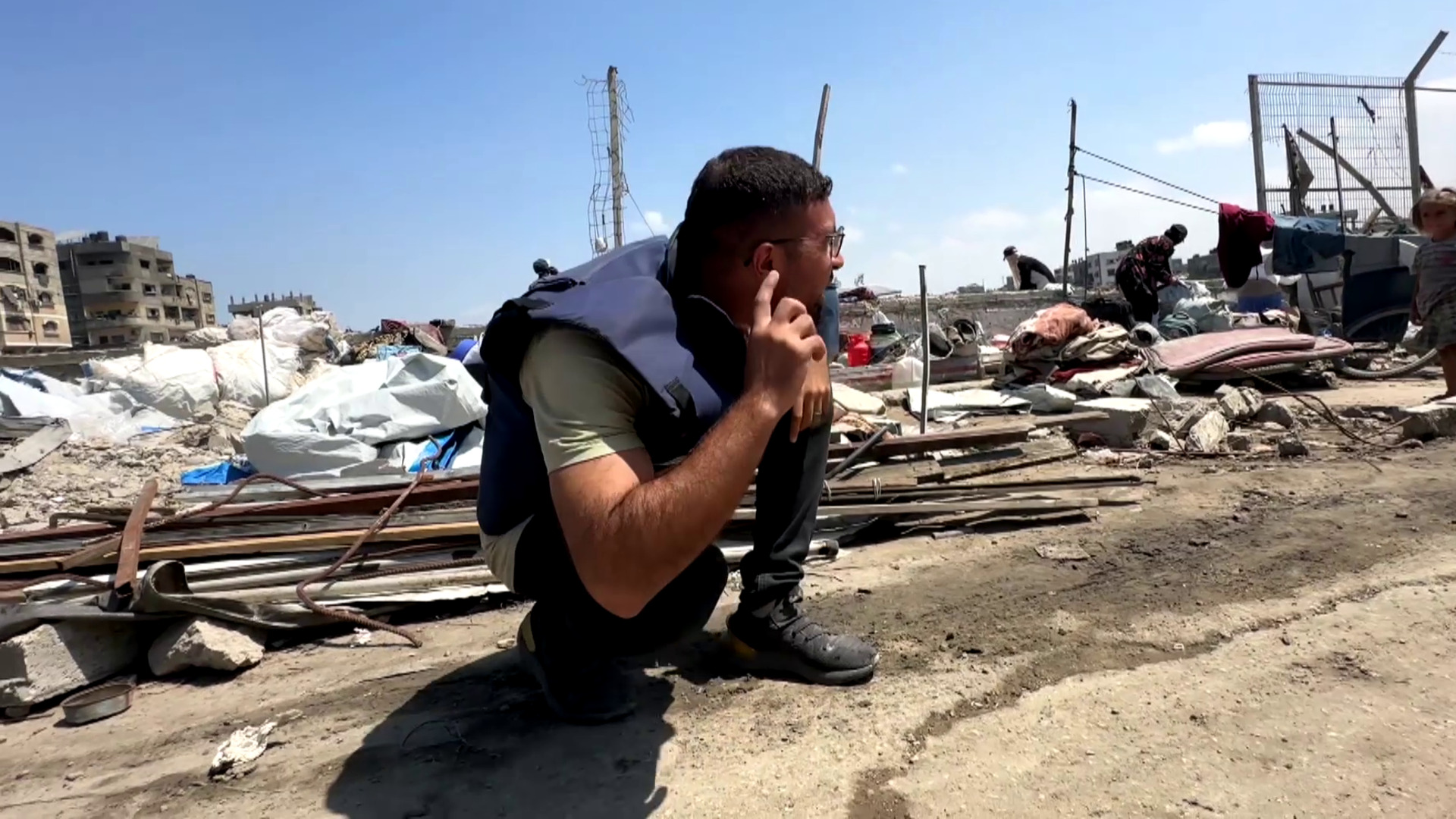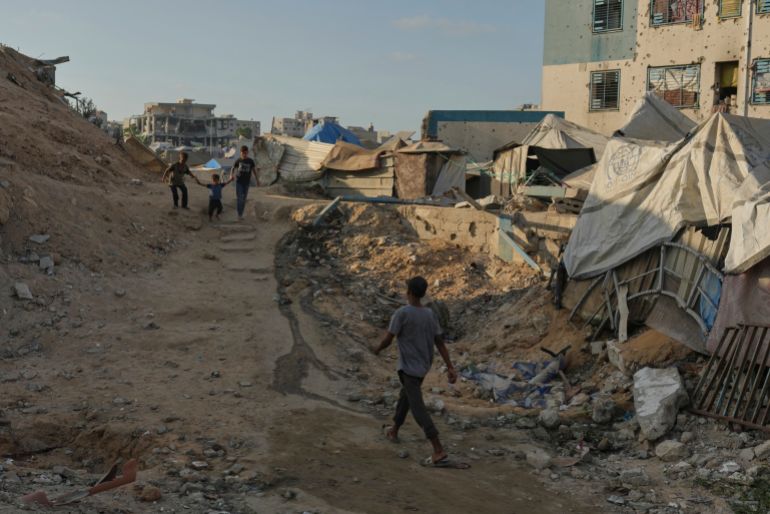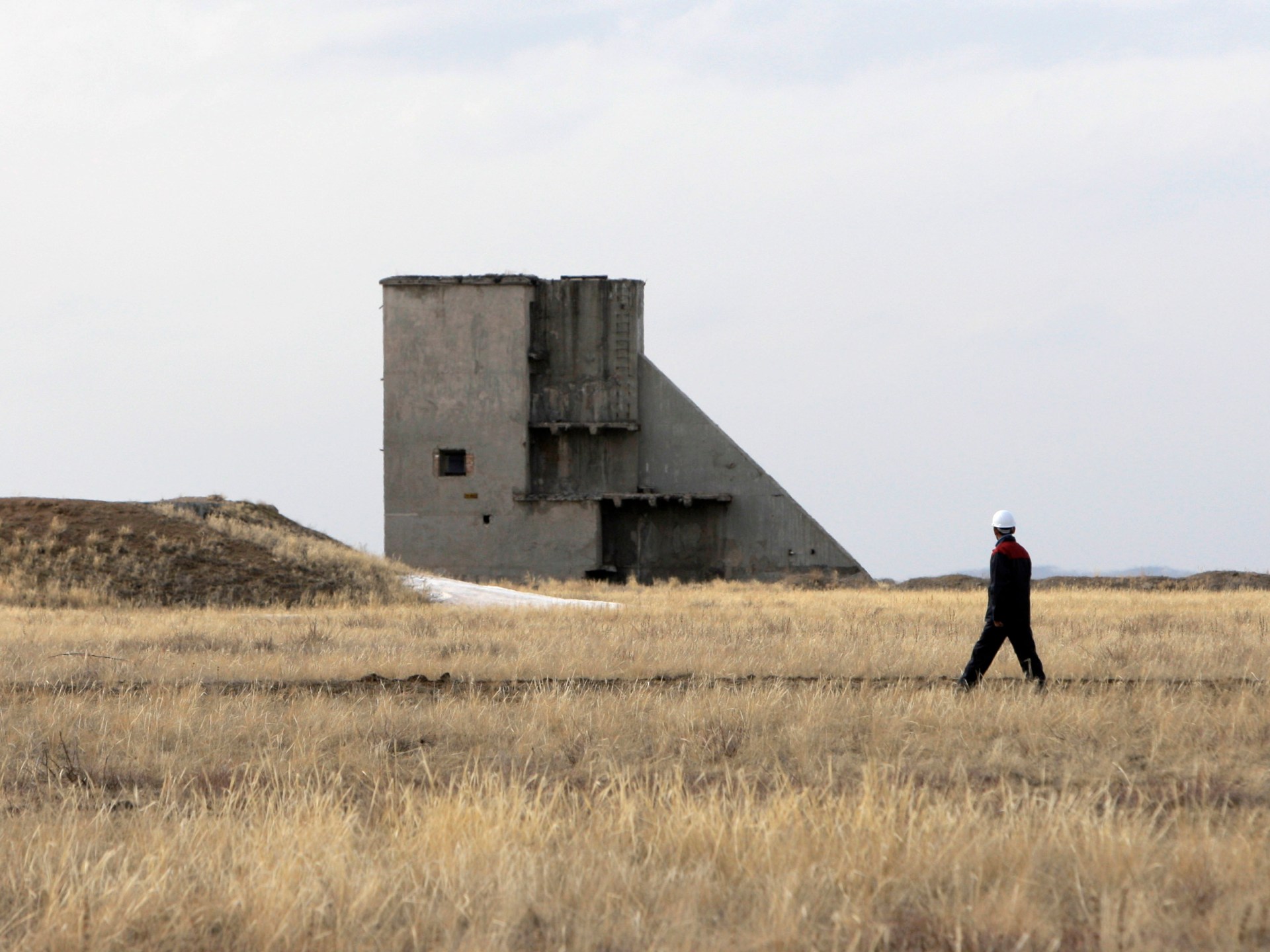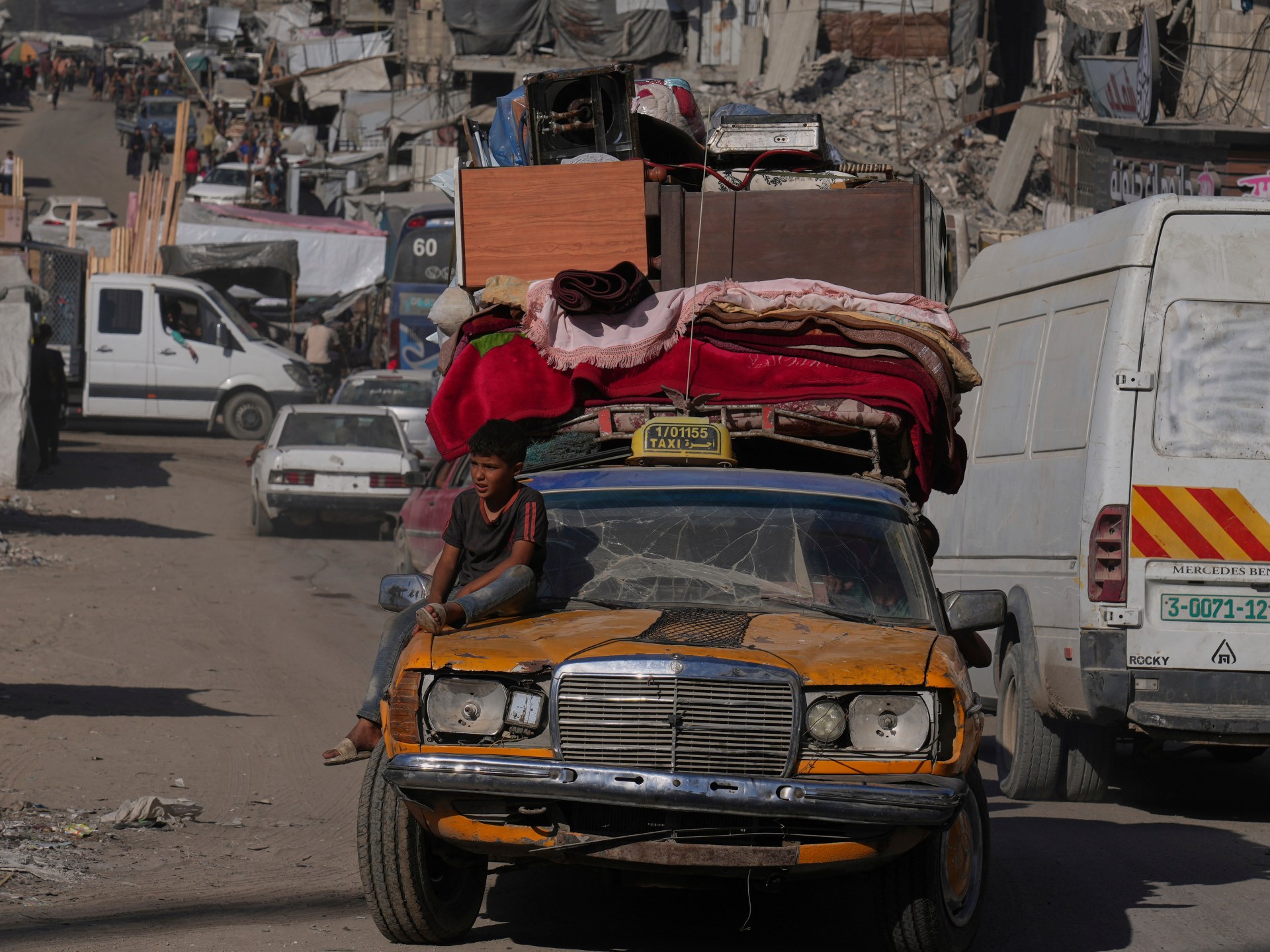Donald Trump, president of the United States, has announced that he will let 600,000 Chinese students study in US universities.
His conservative base caught off guard by his announcement on Monday, which is a significant change from the Trump administration’s crackdown on Chinese students, which was first announced earlier this year.
In this article, we’ll learn more about what Trump is saying right now, in contrast to what the administration has previously said, and how some of his supporters from Make America Great Again (MAGA) are reacting.
What has Trump said about students from China?
Trump was asked if he would meet Chinese President Xi Jinping during a meeting on Monday at the Oval Office with South Korean President Lee Jae Myung.
Trump responded, “I’d like to visit China,” according to Trump. A very significant relationship is involved. As you may well know, we are receiving a lot of money in from China as a result of various tariffs.
Then he addressed Chinese students, saying, “We are going to allow their students, but we are going to allow their students to come in,” a phrase that I hear so frequently. We’ll permit it. It’s very important – 600, 000 students”.
Trump reiterated his recent opinions regarding Chinese students on Tuesday at a cabinet meeting, saying, “I told President Xi that we’re honoured to have their students here.
With that, we check, we’re careful, we see who is present, and we do that.
Without Chinese students, according to Trump, the US would struggle.
Trump told Xi during a phone call in June that the US enjoys having Chinese students study there.
What has the government of China done?
Guo Jiakun, a spokesman for the Chinese government, expressed hope that Trump will follow through on his promise to accept Chinese students into US universities at a regular press conference on Wednesday.
Guo urged the US to stop “unprovoked harassment, interrogation, and deportation” of Chinese students.
What has the previous administration said about Chinese students?
US Secretary of State Marco Rubio made the announcement in late May that Trump would “aggressively” revoke Chinese student visas.
Rubio wrote in an X post that “the US will begin revoking visas of Chinese students, including those who have connections to the Chinese Communist Party or are majoring in important fields.”
At the time, the Trump administration provided no specifics about the students whose fate the revocations would have. The brief announcement was intentionally vague, according to observers.
Because it is not about a concrete policy, Princeton University researcher on China Kelly Chan said to Al Jazeera in May, “I think the vagueness is part of the Trump administration’s strategy.” In the end, I don’t believe it’s really about finding the few people who might pose a real risk.
According to an unnamed department official, the US State Department revoked 6, 000 international student visas in August as a result of overstays and violations of US law. The identities of the students whose visas had been suspended were unknown.
A US congressional committee of the House of Representatives wrote to leadership at various US universities in March asking for information about Chinese students who were enrolling in advanced science, technology, engineering, and medicine programs on their campuses. Rubio did not specify what criteria were for “critical fields.”
The Chinese Communist Party, according to John Moolenaar, the committee’s chairman, is placing Chinese researchers in top US institutions with access to sensitive technology.
In the US, how many Chinese students are there?
According to the Institute of International Education (IIE) and the US State Department’s annual Open Doors report, 277, 398 Chinese students enrolled in US universities between the years 2023 and 2024, making up 24.5 percent of the 1.13 million international students.
In the 2023-2024 year, Chinese students accounted for 29 percent of international students, compared to Indian students, who were accounted for only 29 percent of those students.
27.4% of international students enrolled in China between 2022 and 2023 made up the total.
In 2020-2021, a proportion of Chinese students who were studying abroad increased to 34.7 percent.
What justifies Trump’s most recent admissions announcement regarding Chinese students?
Secretary of Commerce Howard Lutnick claimed that Trump’s recent statements are based on a “rational economic view” in an interview with Fox News on Monday.
According to Lutnick, 15% of US universities would shut down without international students.
According to data released by the nonprofit organization NAFSA: Association of International Educators, international students at US colleges and universities contributed $43.8 billion to the US economy and supported more than 378, 000 jobs during the academic year 2023-2024.
There were 1.1 million international students in the US, or $ 39,800 on average, according to NAFSA.
According to that calculation, the US economy that year would have been made up of more than $11 billion if there had been 277, 398 Chinese students studying there in 2023-2024.
What has the response been for Trump supporters?
Some members of Trump’s MAGA base are upset about his most recent statements.
In an X-post on Monday, Republican representative for Georgia Marjorie Taylor Greene wrote, “These schools should fail anyways because they are being supported by the CCP,” as stated by Greene.
600,000 CHINESE students should not be admitted to American colleges and universities that might support the CCP.
If 15% of Chinese students fail in our schools by refusing to let these students attend, these schools should fail in any case because they are…
Laura Loomer, a Trump ally and far-right activist, wrote a number of posts on X in opposition to Trump’s plan to recruit Chinese students. Nobody, repeat no, wants 600, 000 more Chinese “students,” or Communist spies, in the United States, according to one of the posts.
Steve Bannon, a former White House adviser and Trump aide, said on Tuesday that anyone who wants to leave right away should have an exit visa adhered to their diploma. Give them a 30-day warranty.
We can’t accept 600, 000 Chinese students, according to right-wing internet personality Christopher Rufo in an X post on Monday. We should, in any case, reduce the number of Chinese visas, particularly those for students with political ties to the CCP.
